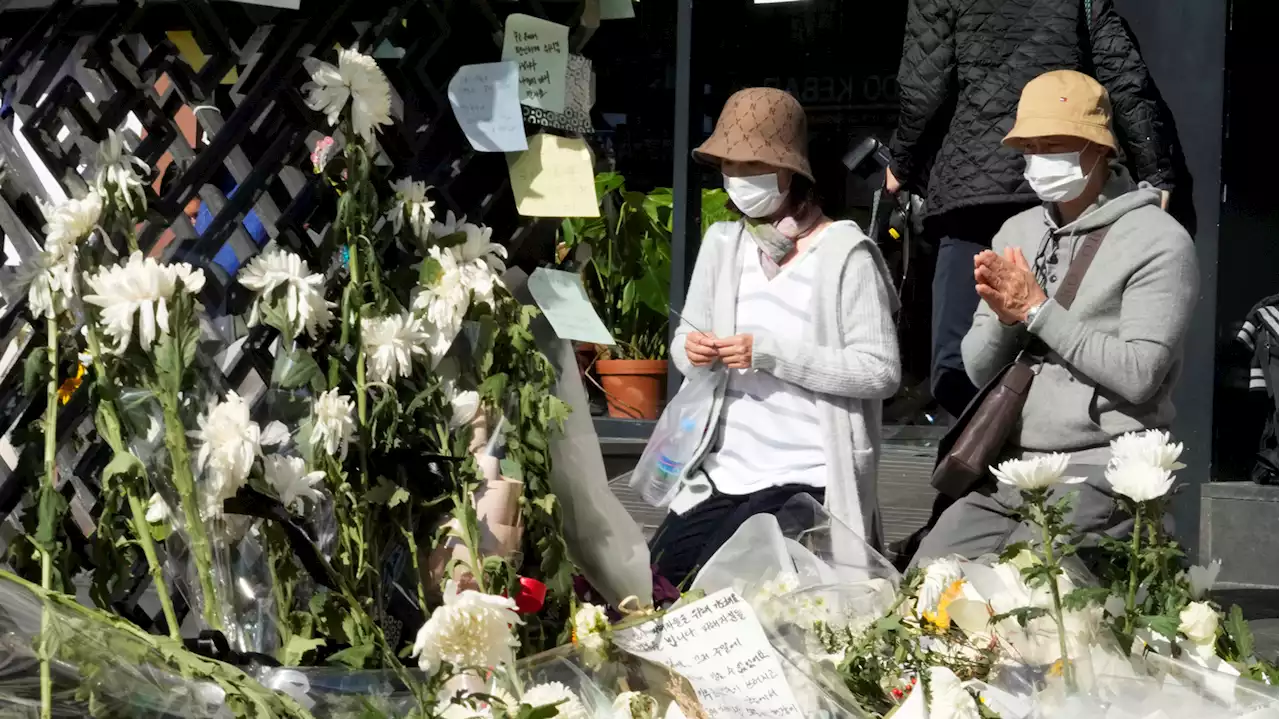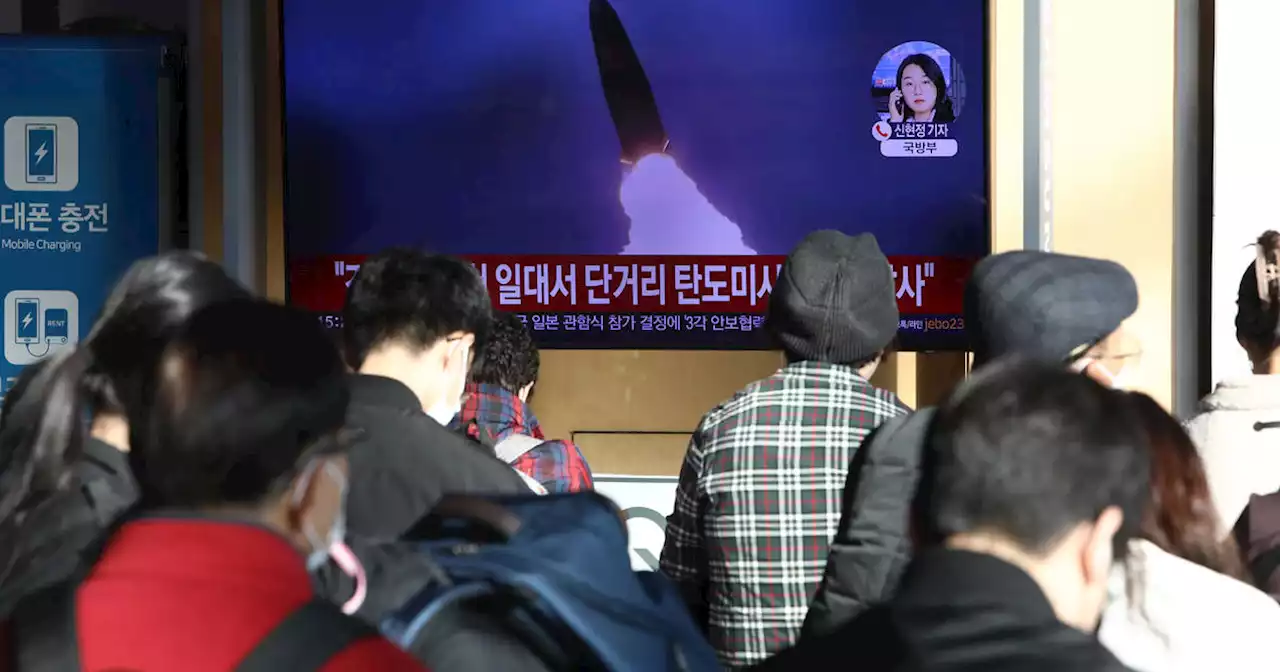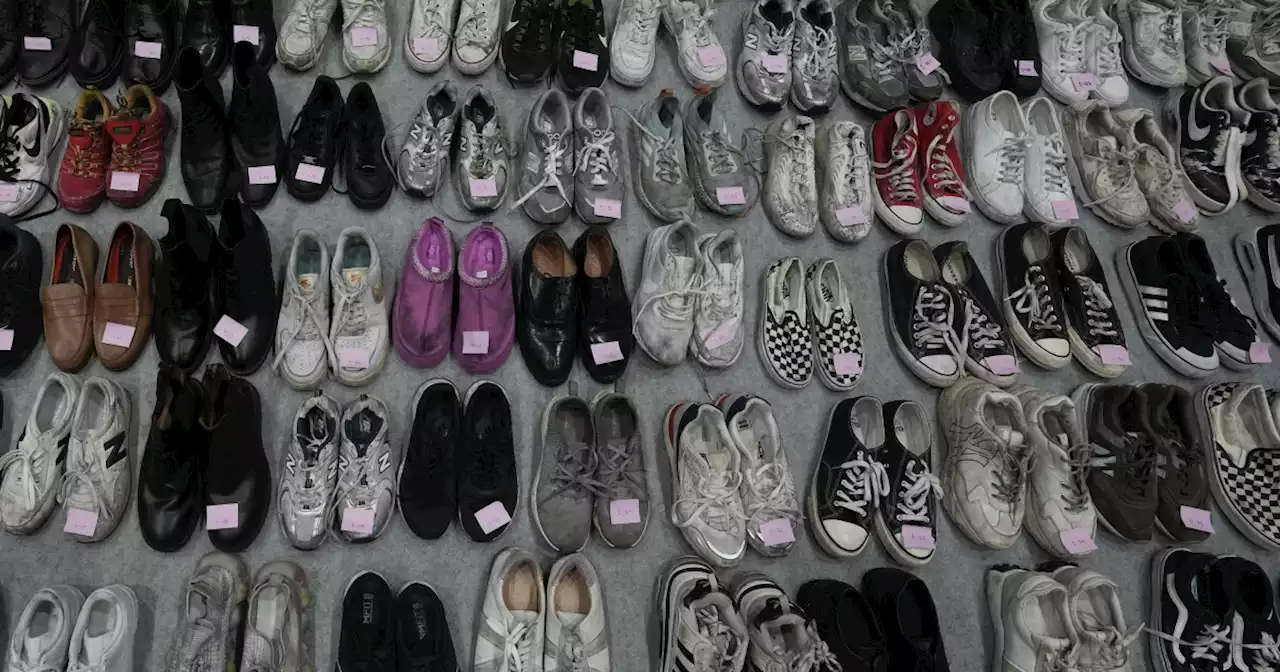Crowd management experts explain the factors that enabled Seoul’s deadly crowd crush
A Halloween festival in Seoul, South Korea, resulted in a deadly crush on October 29. That Saturday night, tens of thousands of people converged on Itaewon—a district of the city that is known for its nightlife—until the crowd was so compact in many areas that people were unable to move. The tight conditions led to a dangerous surge of people through the sloping streets of Itaewon—especially one narrow alleyway. More than 150 people died, and more than 170 were injured.
Still, prior to any full-scale investigation, Asgary notes a few key factors that likely led the Seoul gathering to turn deadly. The crowd’s tremendous size was an obvious issue—an estimated 100,000 people converged on Itaewon—but so was its motion. “In this case, we are talking about a crowd that is not standing or staying in one place,” Asgary says. “This is a dynamic crowd, moving in the space in different directions, especially in the area that was subject to this incident.
Still, all these factors could have been overcome with proper crowd management, according to Asgary and Hutton—but this particular event had minimal oversight, they say. “I think there was no consideration that this was [one of] the first [times] that young people would be out en masse since COVID restrictions were lifted in South Korea,” Hutton says.
“We are social creatures,” Asgary adds. “We do want to be together. We actually enjoy the crowd. There’s nothing wrong about that. However, we also should know that there are risks when the crowd forms, and these risks are coming from different angles and sources.” He says it’s the responsibility of everyone—governments, event organizers and the public—to consider those risks and prepare to respond.“In a moving crowd, the crowd becomes like a fluid,” Asgary says.
It’s also helpful to be aware of your own risk factors, he says. Children and lower-height people are more likely to be crushed in a crowd. And as most crowd crush deaths are the result of asphyxiation, people with respiratory ailments should be especially cautious.
United States Latest News, United States Headlines
Similar News:You can also read news stories similar to this one that we have collected from other news sources.
 Desperate calls for help came hours before the Seoul crowd surge turned deadlyTranscripts show calls for crowd control came hours before a crowd surge in Seoul killed over 150 people. 'It looks like people will be squashed to death,' one caller told police nearly 4 hours before the accident.
Desperate calls for help came hours before the Seoul crowd surge turned deadlyTranscripts show calls for crowd control came hours before a crowd surge in Seoul killed over 150 people. 'It looks like people will be squashed to death,' one caller told police nearly 4 hours before the accident.
Read more »
 'He was curious about the world': Friends remember American student killed in Seoul Halloween disaster | CNNWhen he arrived in the South Korean city of Seoul in late August, American exchange student Steven Blesi quickly developed a wide circle of friends from around the world.
'He was curious about the world': Friends remember American student killed in Seoul Halloween disaster | CNNWhen he arrived in the South Korean city of Seoul in late August, American exchange student Steven Blesi quickly developed a wide circle of friends from around the world.
Read more »
 Seoul: North Korea fires more than 10 missiles, prompting South Korea to issue air raid alertThe launches came hours after North Korea issued a veiled threat to use nuclear weapons to get the U.S. and South Korea to 'pay the most horrible price in history.'
Seoul: North Korea fires more than 10 missiles, prompting South Korea to issue air raid alertThe launches came hours after North Korea issued a veiled threat to use nuclear weapons to get the U.S. and South Korea to 'pay the most horrible price in history.'
Read more »
 After the tragic crush, hundreds of lost shoes await their owners at a Seoul gymPolice have assembled the crumpled shoes — part of the many personal objects left by victims and survivors of the tragedy — in hopes that the owners, or their friends and family, will retrieve them.
After the tragic crush, hundreds of lost shoes await their owners at a Seoul gymPolice have assembled the crumpled shoes — part of the many personal objects left by victims and survivors of the tragedy — in hopes that the owners, or their friends and family, will retrieve them.
Read more »
 Ky. community grieves beloved student killed in Seoul: ‘Life’s not fair’Anne Gieske, a 20-year-old nursing student from northern Kentucky, was killed in the crowd crush during Halloween celebrations in Itaewon. Most of the 156 victims were in their 20s, with 149 injured, including more than 25 foreigners.
Ky. community grieves beloved student killed in Seoul: ‘Life’s not fair’Anne Gieske, a 20-year-old nursing student from northern Kentucky, was killed in the crowd crush during Halloween celebrations in Itaewon. Most of the 156 victims were in their 20s, with 149 injured, including more than 25 foreigners.
Read more »
 After deadly Halloween stampede, hundreds of lost shoes laid out for owners in SeoulDays after more than 150 Halloween revelers died in South Korea's deadliest crowd surge, a quiet, gut-wrenching reminder of the disaster remained Tuesday: Hundreds of abandoned shoes have been laid out in neat rows in a badminton court in Seoul.
After deadly Halloween stampede, hundreds of lost shoes laid out for owners in SeoulDays after more than 150 Halloween revelers died in South Korea's deadliest crowd surge, a quiet, gut-wrenching reminder of the disaster remained Tuesday: Hundreds of abandoned shoes have been laid out in neat rows in a badminton court in Seoul.
Read more »
